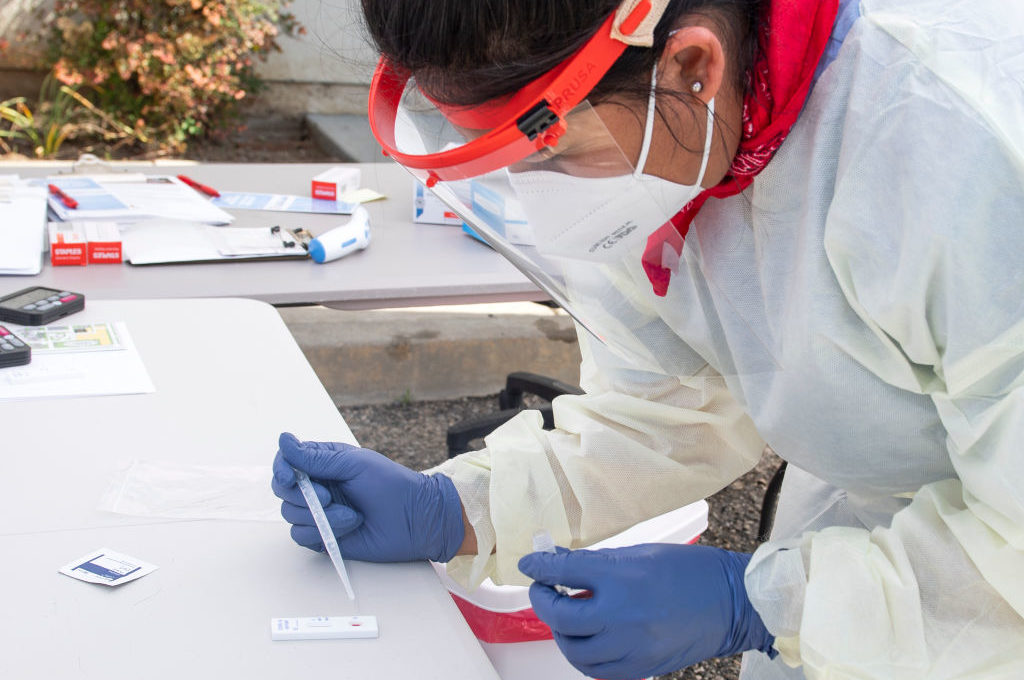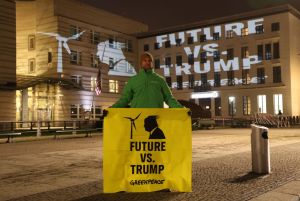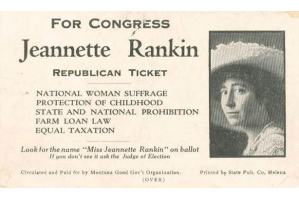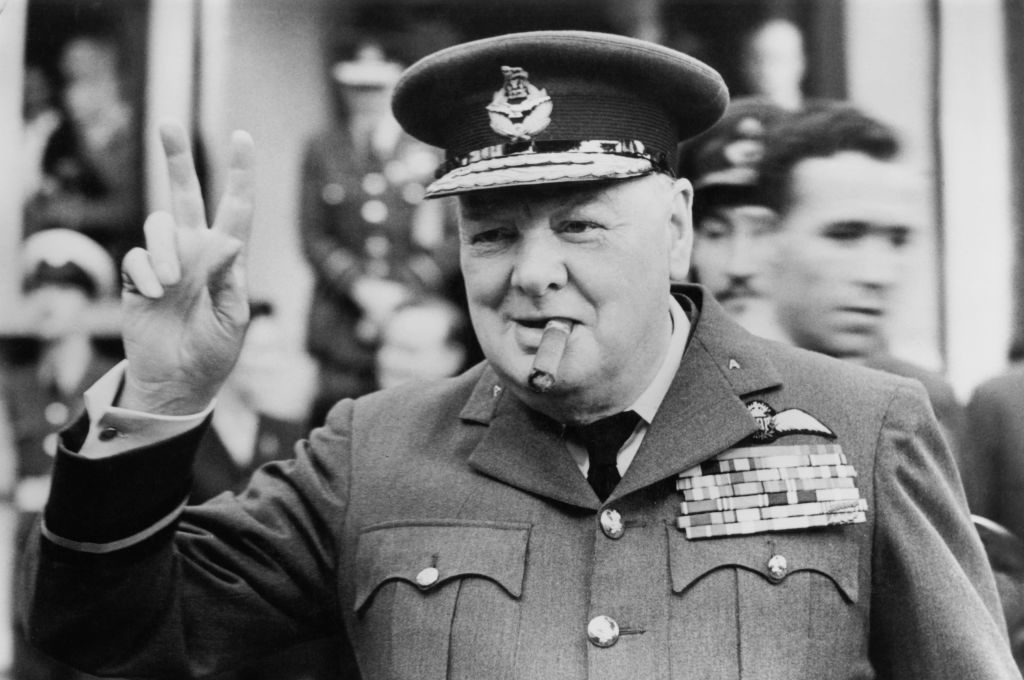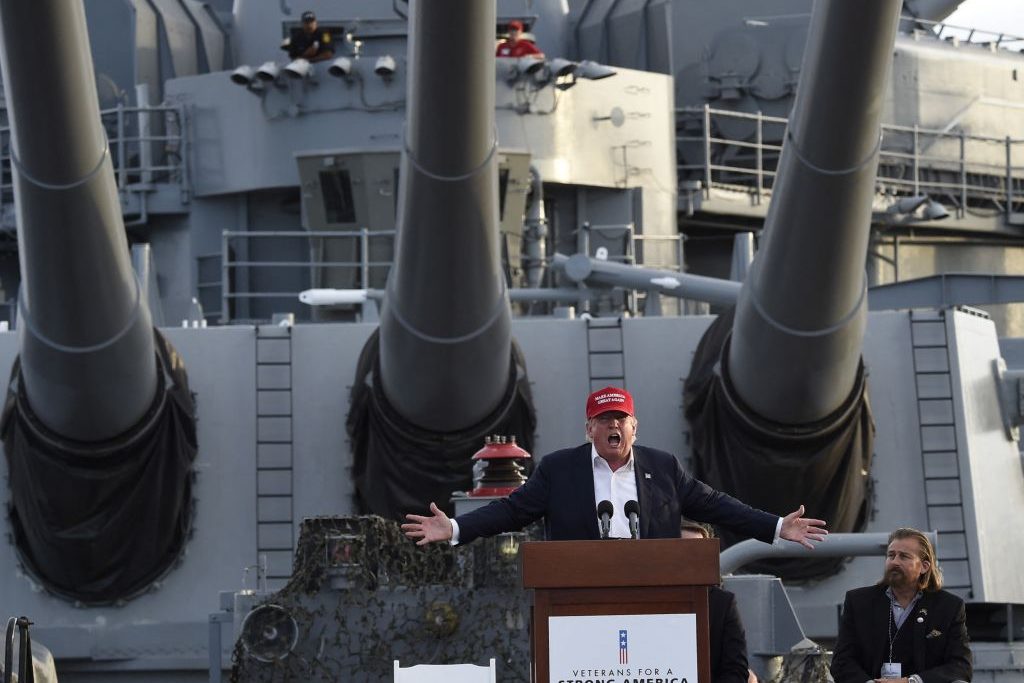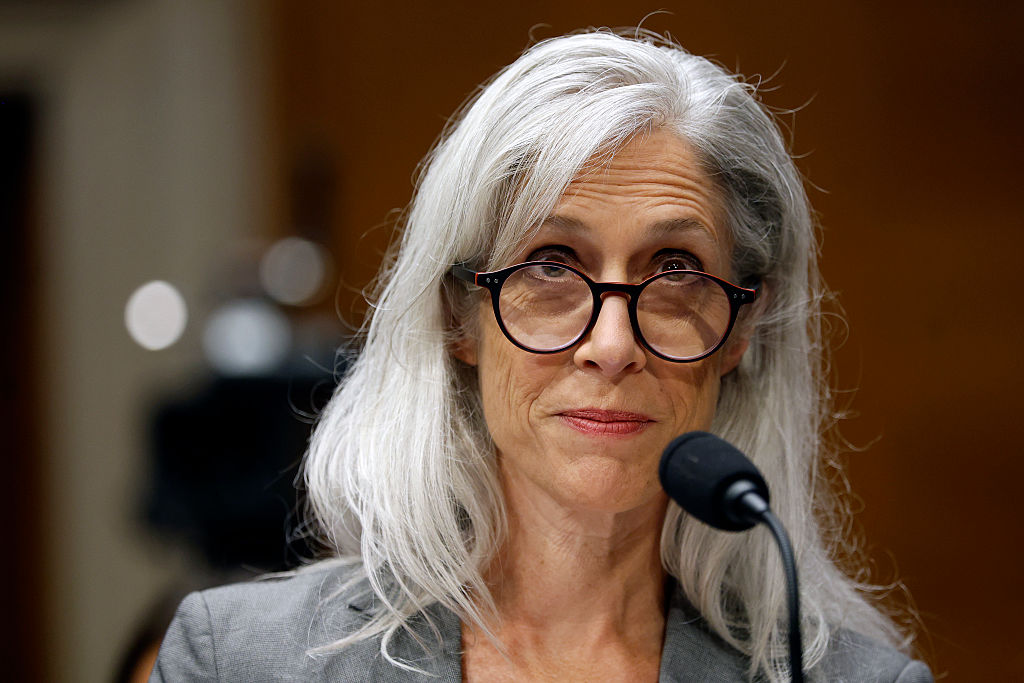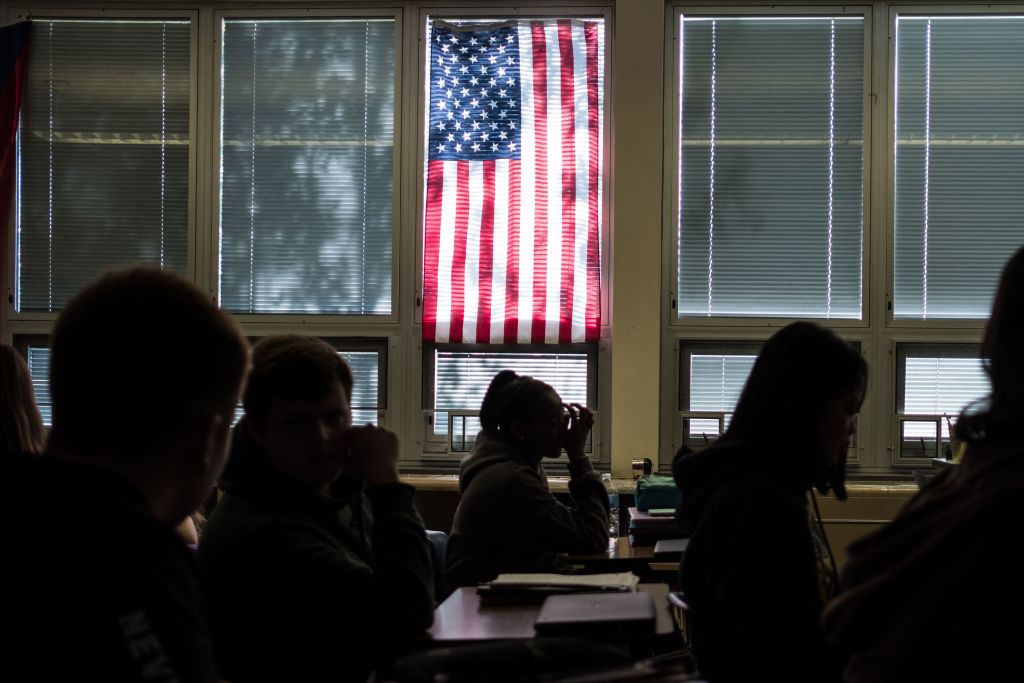Inequality is the price we pay for civilization. Property rights, inheritance customs and unequal gains from technological innovation have long divided us into haves and have-nots. Because stability favors such disparities, it usually took powerful shocks to flatten them. The collapse of states wiped out elites. The World Wars slashed returns on capital and imposed heavy-handed regulation and confiscatory taxation. Communist regimes equalized by force and fiat.
The greatest plagues also turned into levelers, by killing so many that labor became dear and land cheap. For a while, the rich became less rich and the poor less poor: Europe after the Black Death is the best-known example. Catastrophic pandemics joined systemic collapse, total war and transformative revolution — the four great horsemen of apocalyptic leveling.
Will the coronavirus crisis be such a leveler? It won’t act as a Malthusian check: mortality will mercifully be far too low to drive up wages. But progressives will seize on this crisis to push for redistributive reform, perhaps all the way to a Green New Deal. Failing that, misery and discontent might foment enough unrest to upend the status quo.
But not quite yet. Four great stabilizers stand in the way of democratic socialism or social collapse.
The most basic one is affluence: no society with a per capita GDP of more than a few thousand dollars has ever descended into breakdown or civil war. At some point, it seems, even the dispossessed have too much to lose, and well-endowed authorities are hard to dislodge.
The social safety net comes a close second. A century ago, shaken by the mobilizations and mutinies of World War One and the sudden threat of Bolshevism, European states ramped up investment in welfare schemes. America soon followed suit in order to survive the Great Depression. Revolution dropped off the menu. It turns out that welfare schemes don’t need to be Scandinavian-sized to keep the radicals at bay.
The torrent of seemingly free money created by central banks adds a third great stabilizer. By promising to bail out businesses and keep the unemployed afloat without reviving inflation, aggressive quantitative easing takes the shine off calls for punitive wealth taxes to foot the bill. This particular genie would seem hard to put back into the bottle: the Great Recession taught policymakers what was possible and at what low cost, just as the Great Depression had taught them what to avoid. We are now able to choose which bits of history to repeat.
Finally, science will act as a conservative force. This might seem odd, given our inclination to view it as a relentless driver of open-ended change. Yet technology is already widening existing inequalities, by separating the work-from-home crowd from exposed essential workers, and remotely taught students with reliable internet access from those without.
What is more, science has the potential to bail out the plutocracy even more reliably than any government or central bank could hope to do. The sooner labs and Big Pharma deliver effective treatments and vaccines, the sooner we can revert to some version of business as usual — with all the entrenched inequalities it entails. The odds are good. The SARS-CoV-2 genome was sequenced and made available just a month after the first reported cases in Wuhan. More than 1,000 drug trials are already underway. Nothing like this would have been possible even a decade ago.
This is not a coincidence. The great stabilizers have been creeping up on the great levelers. When pre-modern states fell, their elites were doomed. The United States is infinitely more resilient, and even if it wasn’t its richest would have other places to go. In the West, plausible revolutionary movements have gone the way of the dodo; and even if they hadn’t they would be blunted by mass affluence.
Nor are we in any meaningful way united against a shared threat. Notwithstanding the current surge in martial rhetoric — with Donald Trump posing as a ‘wartime president’ — our lived experiences are exactly the opposite of those fostered by total war. We are asked to stay home, not to venture out; we work less, not more; we are distancing, not thrown together in fox holes or armaments factories. The solidarity that shaped the Greatest Generation will remain a distant memory. And unlike in the aftermath of much more lethal pandemics, labor will be cheap: 30 million unemployment benefit claims will make sure of that. The four horsemen of leveling are set to continue their deep slumber.
In the past, the rich weathered a series of storms. The War of Independence was hard on wealthy loyalists. Slaveowners’ fortunes evaporated during the Civil War. The Great Depression delivered a double blow, first by wiping out investments and then through the ascent of unions and high taxes during the New Deal. When the Japanese bombed Pearl Harbor, capitalists were trapped, compelled to submit to unprecedented levels of regulation and taxation. Decades of relative equality followed.
Much has changed since. Deregulation, tax reform, financialization, globalization and automation have created potent means of both creating and concentrating wealth. As a result, the Great Recession failed to leave a lasting mark on the One Percent, and inequality stubbornly clung to the heights it had scaled. By acting in concert, the four great stabilizers promise more of the same.
The current crisis would have to spiral out of control to sap their strength — if, say the virus somehow foiled the efforts of the scientific community, or the economy slid into a drawn-out depression. If history is any guide, it would take a worst-case scenario for COVID-19 to bring about genuine leveling.



